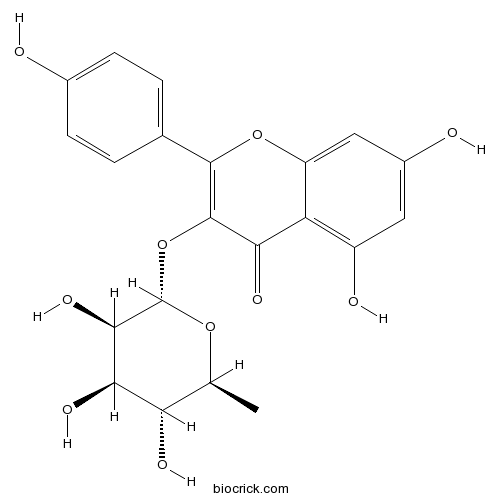Bergenia scopulosa
Bergenia scopulosa
1. The products in our compound library are selected from thousands of unique natural products; 2. It has the characteristics of diverse structure, diverse sources and wide coverage of activities; 3. Provide information on the activity of products from major journals, patents and research reports around the world, providing theoretical direction and research basis for further research and screening; 4. Free combination according to the type, source, target and disease of natural product; 5. The compound powder is placed in a covered tube and then discharged into a 10 x 10 cryostat; 6. Transport in ice pack or dry ice pack. Please store it at -20 °C as soon as possible after receiving the product, and use it as soon as possible after opening.
Natural products/compounds from Bergenia scopulosa
- Cat.No. Product Name CAS Number COA
-
BCN5570
Hyperoside482-36-0
Instructions

-
BCN5573
Afzelin482-39-3
Instructions

-
BCN6307
Arbutin497-76-7
Instructions

Rhizobacter bergeniae sp. nov., isolated from the root of Bergenia scopulosa.[Pubmed: 25389149]
A yellowish-pigmented bacterium, designated strain PLGR-1(T), was isolated from the root of Bergenia scopulosa collected from Taibai Mountain in Shaanxi Province, north-west China, and was subjected to a taxonomic study by using a polyphasic approach. Cells of strain PLGR-1(T) were Gram-stain-negative, strictly aerobic, rod-shaped, non-spore-forming and motile with a single polar flagellum. Growth occurred at 7-33 °C (optimum, 25-28 °C), at pH 5.0-10.0 (optimum, pH 6.0-7.0) and with 0-0.5 % (w/v) NaCl (optimum, 0 %). The predominant respiratory quinone was ubiquinone-8 (Q-8) and the major cellular fatty acids were summed feature 3 (comprising C16 : 1ω7c and/or C16 : 1ω6c), C16 : 0 and summed feature 8 (comprising C18 : 1ω7c and/or C18 : 1ω6c). The major polyamines were putrescine and 2-hydroxyputrescine and the major polar lipids were diphosphatidylglycerol, phosphatidylethanolamine and phosphatidylglycerol. The DNA G+C content was 69.8 mol%. Phylogenetic analyses based on 16S rRNA gene sequences showed that strain PLGR-1(T) belonged to the class Betaproteobacteria and formed a tight phyletic lineage with members of the genus Rhizobacter. Strain PLGR-1(T) was most closely related to Rhizobacter dauci DSM 11587(T) and Rhizobacter fulvus DSM 19916(T), with 16S rRNA gene sequence similarities of 98.5 and 98.0 %, respectively. The DNA-DNA relatedness values between strain PLGR-1(T) and the type strains of Rhizobacter dauci and Rhizobacter fulvus were 46.3 and 14.7 %, respectively. Based on the phenotypic, phylogenetic and genotypic data, strain PLGR-1(T) is considered to represent a novel species of the genus Rhizobacter, for which the name Rhizobacter bergeniae sp. nov. is proposed. The type strain is PLGR-1(T) ( = CCTCC AB 2013018(T) = KCTC 32299(T) = LMG 27607(T)).


